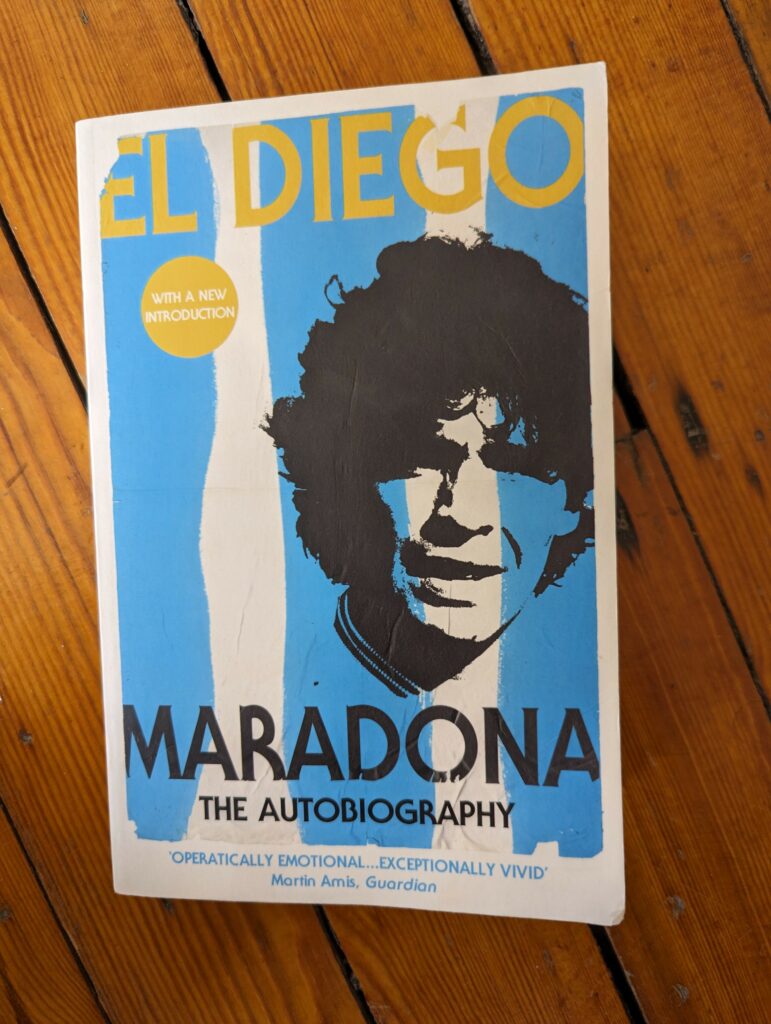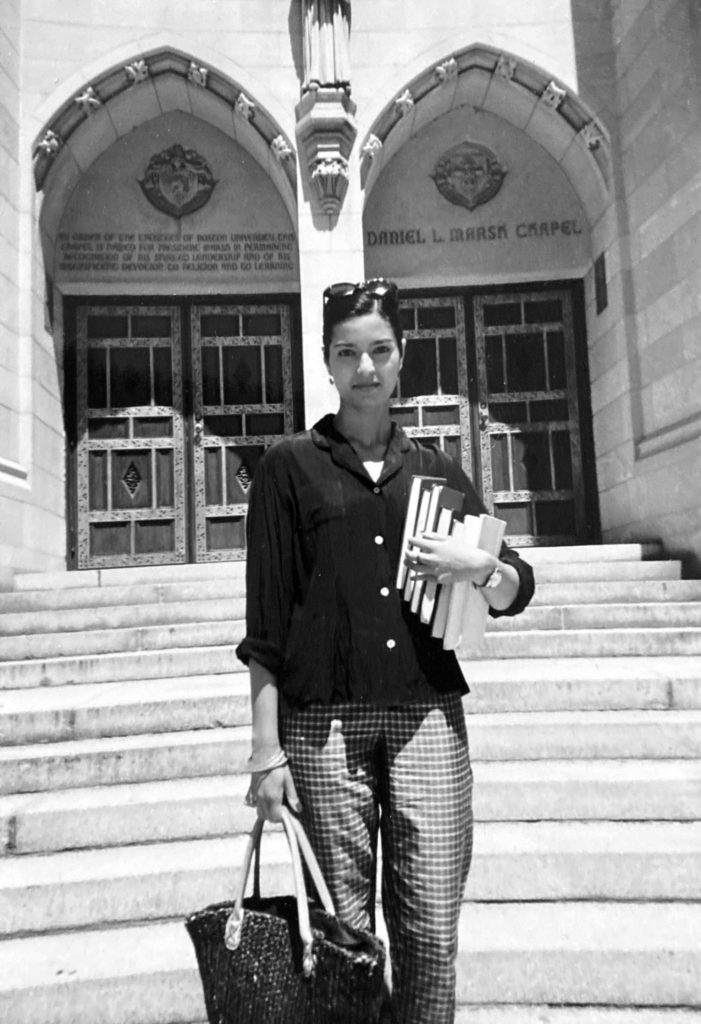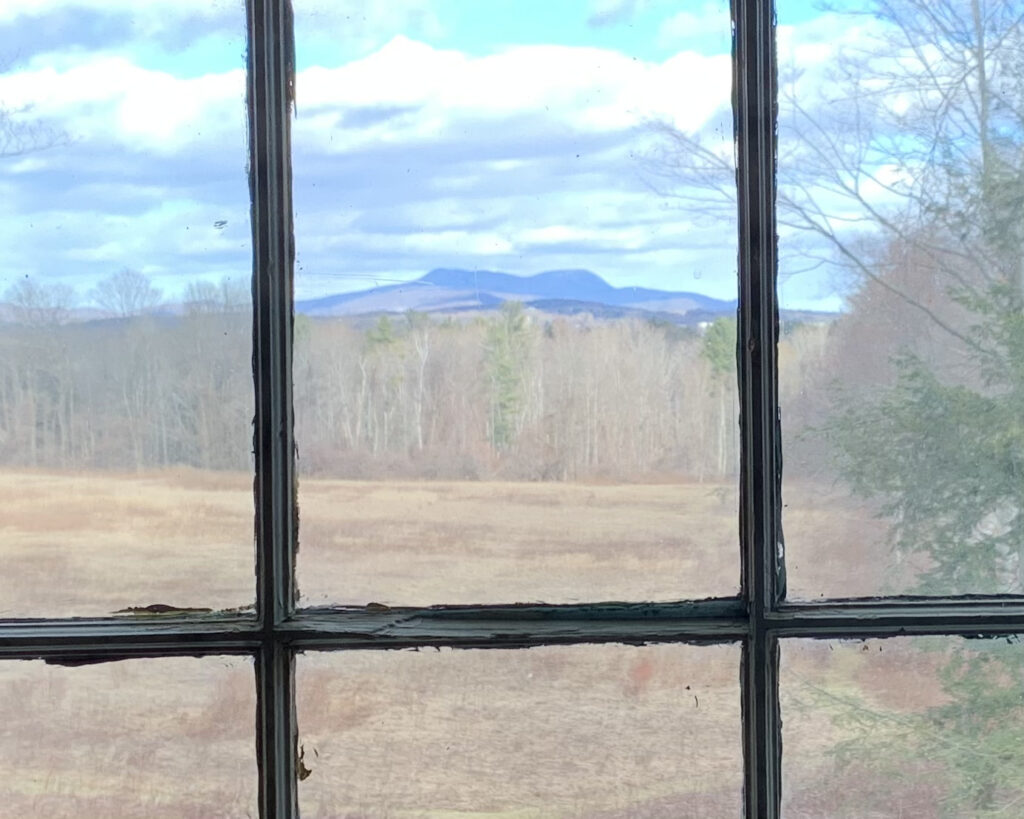To receive Morning Links in your inbox every weekday, sign up for our Breakfast with ARTnews newsletter.
THE HEADLINES
MOROCCO PAVILION CANCELED. After the surprise, last-minute replacement of Morocco’s exhibitors at what would have been the country’s first Venice Biennale pavilion, Morocco has now fully canceled their participation in the exhibition set to open in April, and it’s unclear why, according to The Art Newspaper . In January, the artists Safaa Erruas, Majida Khattari, and Fatiha Zemmouri, as well as curator Mahi Binebine, learned in what they called a “nightmare” situation, that the artworks they had spent months completing for Venice would no longer be exhibited, and that a new program would replace theirs, helmed by Paris-based Moroccan curator Mouna Mekouar. Erruas has reportedly said the Moroccan government promised to reimburse them for their production costs, and that their works would be exhibited some time in the future.
LAVA TREASURE CONVICTION. A French court in Marseille has convicted two men of smuggling sunken gold treasure found off the west coast of Corsica, from the Golf de Lava. The so-called “Lava treasure saga” began in 1985, when three men discovered a mysterious hoard of rare Roman gold coins from the third century, while fishing. One of them, Félix Biancamaria , was found guilty of trying to sell a golden plate worth several millions, which the court said was from the same stash, and now faces a 12-month suspended prison sentence. His friend Jean-Michel Richaud was handed an eight-month suspended sentence, and both face a 100,000-euro fine. Their lawyers said they were appealing the decision.
THE DIGEST
Copyright
© Art News








